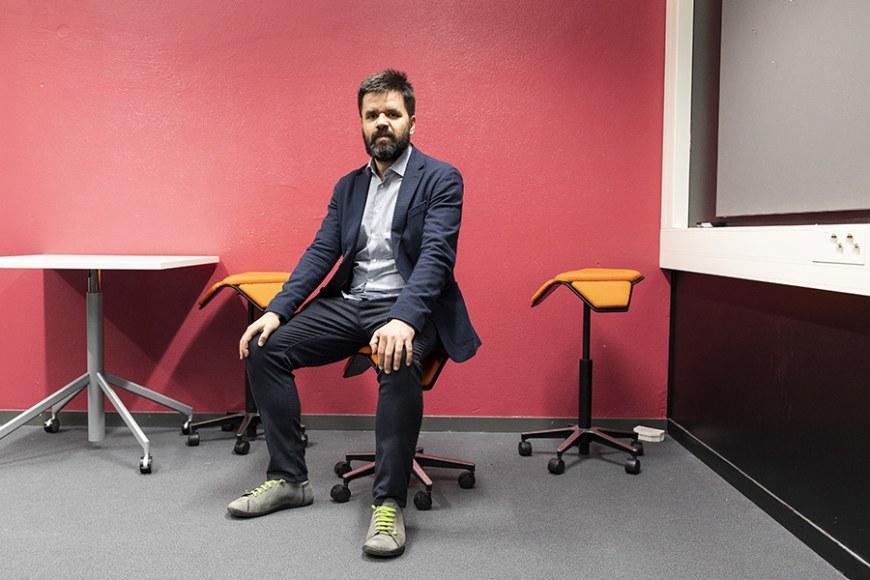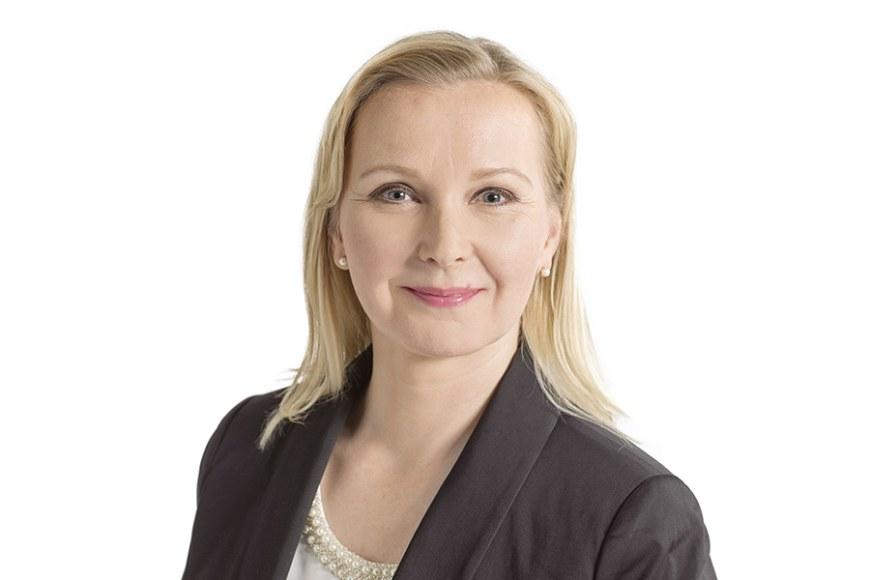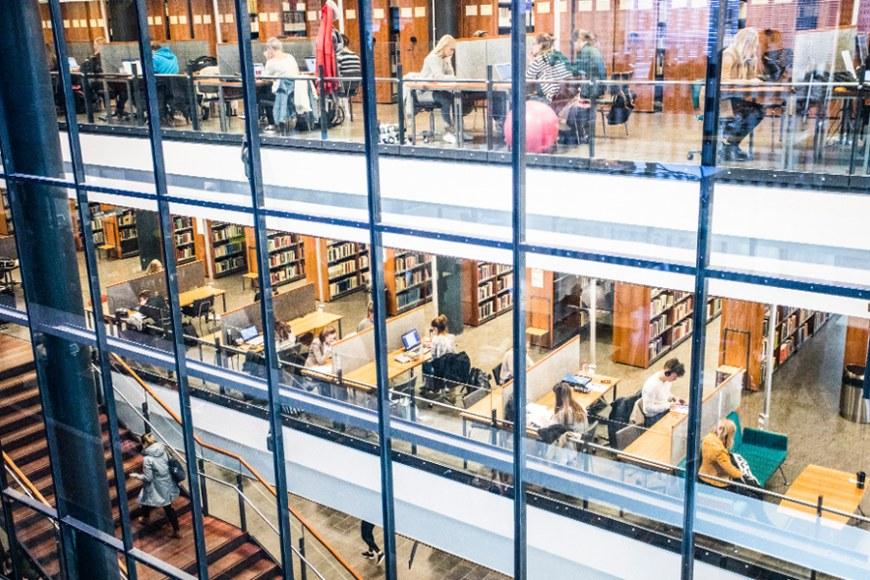Professor Sofie Pelsmakers chooses to research the sustainability of everyday homes
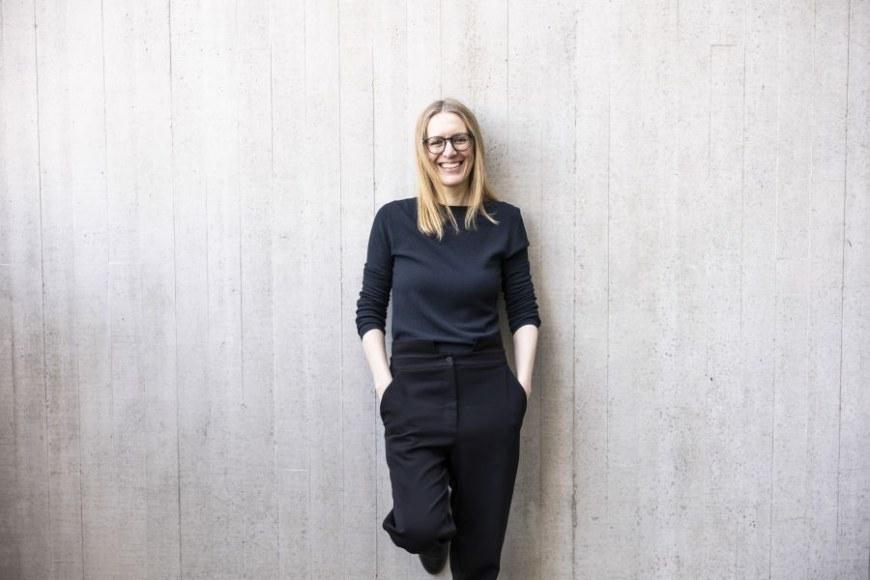
To understand why Pelsmakers is so passionate about the sustainability of the everyday architecture of our living environments, one must know her background. Her grandparents were farmers and factory workers. She grew up in Belgium in a single-parent family with three daughters. The family did not always have enough money to keep the house warm.
“I believe that my humble origins and childhood experiences have made me the architect and professor I am today. Indeed, designing or researching anything other than everyday inclusive housing would not make sense to me,” Pelsmakers says.
Through researching and reimagining homes, housing, and the design of living environments, Pelsmakers wants to support the sustainability, resilience and well-being of individuals, communities, and wider society. To her, these goals make work meaningful, but also a priority.
Not just a research group, but also a collective
At the Faculty of Built Environment at Tampere University, Pelsmakers leads the ASUTUT research group which combines research and teaching to promote truly holistic, inclusive and sustainable housing design. The team is a diverse collective of more than 20 researchers in the fields of housing architecture, architectural engineering, urban planning, and energy policy.
The group can uniquely apply different perspectives and typically use mixed methods to create scientific and societal impact for education, policymakers, constructors, and designers.
“We conduct research to meet the challenges of living in a rapidly changing world. Our research helps to develop the evidence base needed to inform spatial or environmental solutions and build resilience to respond and adapt to these challenges,” says Pelsmakers.
The team’s current research projects focus on understanding and evaluating existing housing solutions and finding new living environment approaches to challenges such as a changing climate, ageing population, declining health and well-being, loneliness, pollution, limited natural resources, urbanisation, and inclusivity and affordability.
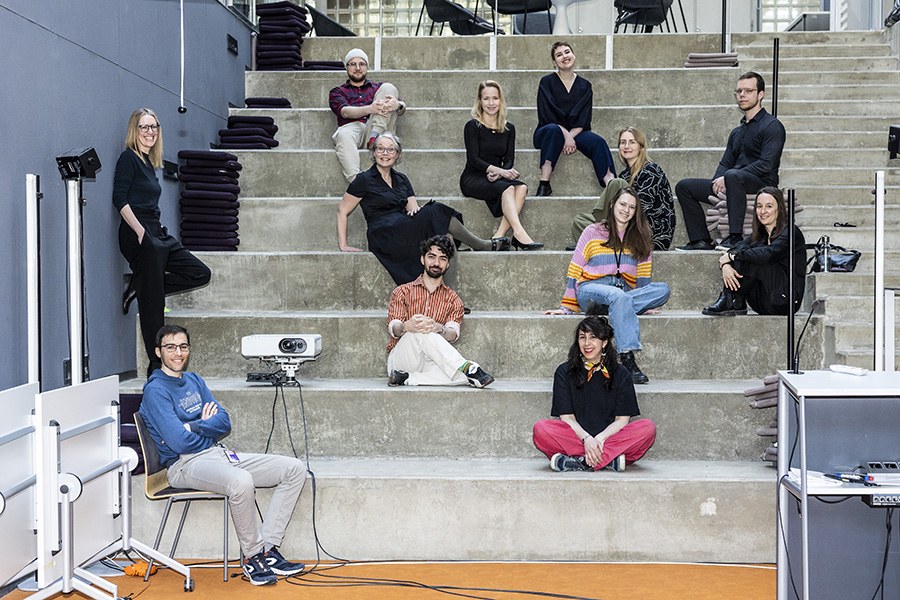
Resilient housing solutions for older people and in times of crises
The group has been involved in several projects, many of which have focused on housing for ageing adults. One of the ongoing ones, SOLTECH - Human-centered solar smart technology design for healthy aging is carried out in collaboration with researchers from natural sciences, nursing, and social sciences. Together, they develop solar-powered smart sensors that help older people at home to prevent and detect falls. Another joint project, Kotiluontoon, with colleagues in gerontology, is studying older people’s access to nature from their homes.
In an ongoing project called RESCUE – Real Estate and Sustainable Crisis Management in Urban Environment led by Aalto University and funded by the Academy of Finland, the team investigates resilient spatial and social solutions for the crisis preparedness of living environments. According to Pelsmakers, a combination of four built environment strategies is needed.
“Our research highlights the need for infrastructures that are adaptable and green in terms of nature, but we also need both social and equitable and inclusive infrastructures,” Pelsmakers points out.
ASUTUT is continuing this work in another Academy of Finland-funded project which is looking specifically at teleworking and working from home and their social and spatial implications in living environments.
Ultimately, all these projects aim to develop key quality indicators for housing design which will be disseminated to the industry and cities and used in teaching.
Another project worth mentioning is Arch4Change, which is an education development project that is creating an open access digital platform for integrating climate change content and training into the education of architects. It is designed for the needs of students, teachers, and practising architects.
With a professorship comes great responsibility
Pelsmakers has lived in Tampere for nearly four years now. She appreciates the trust she has been given at her workplace and by her colleagues.
“I have been positively surprised by the friendliness, openness, and honesty of people. I have never felt so welcome at work than here at Tampere University,” she says.
Since housing design is not taught everywhere, Pelsmakers sees her own professorship as special.
“Becoming a professor is a privilege and I am honoured to step in these shoes every day. As they say, kids like me don’t often get to climb that ladder,” says Pelsmakers.
“The work I do matters and is a huge responsibility, because I try to influence actual real-world practice. I am also involved in the education of one third of all architects in Finland. They will go out and create our living environment, so I am able to influence what they will do through my teaching,” Pelsmakers continues.
Every academic year, Pelsmakers teaches some 200 students on different educational levels. In 2021, Pelsmakers, then Assistant Professor (tenure track), received an honorary mention as part of a collective prize for teaching excellence and pedagogical development.
A strong vision and a will to change things
In Finland, less than a third of all professors are women. At the Faculty of Built Environment, Pelsmakers is the only woman among 17 full professors. In addition to her, one woman works as an industry professor and another as an associate professor (tenure track).
“It is important to challenge and change this. How can we create an equal, inclusive built environment or wider society, when 50% of the population are not at the research and decision-making table?” she asks.
In addition, Pelsmakers wants to highlight the issue of age. She completed her PhD at the age of 40.
“I was a mature student to start my doctoral studies. I also left a permanent job as a lecturer when I received a full scholarship. But I have never once regretted it. I show what is possible if one has a vision and drive to make a difference while staying true to oneself and one’s roots,” Pelsmakers says.
Bringing out the voices of marginalised people
Pelsmakers thinks that to create truly sustainable living environments, researchers must bring out the voices of marginalised and vulnerable people even more.
“Specifically, questions such as how women, older people and other minorities use and experience space and use resources such as energy are crucial to raise,” she says.
This will be done by consolidating the current research and deepening research on green, social, inclusive, and adaptable infrastructure, making sure the results are disseminated for societal impact and using the findings as a steppingstone for further research.
“I would also like to concentrate more on the research group and mentoring them in their trajectories – the group only thrives when each individual within it thrives,” she adds.
See Sofie Pelsmakers's inaugural lecture on Tampere University's YouTube channel.
Further information
Sofie Pelsmakers
+358 50 447 8491
sofie.pelsmakers [at] tuni.fi
Text: Anna Aatinen
Photo: Jonne Renvall
Sofie Pelsmakers
- Professor of Architecture, Tampere University, 2023.
- Visiting Professor, Sheffield School of Architecture, 2021-2024
- Associate Professor of Architecture, Tampere University, 2021.
- Assistant Professor, Tampere University, part time 2018, full time 2019
- Assistant Professor, Aarhus School of Architecture in Denmark, 2018-19.
- Head of Research, ECD Architects, 2016-2018.
- Lecturer (Assistant Professor), Sheffield School of Architecture, 2015-2018.
- Lecturer, Bartlett Faculty of the Built Environment, University College London, 2011-2016.
- PhD, University College London (UCL), Bartlett Faculty of the Built Environment, 2012-2016.
- Masters in Research (MRes) in Building Energy Demand Reduction, University College London (UCL), Bartlett Faculty of the Built Environment, 2012
- Lecturer, the University of East London (UEL), 2001-2011.
- Professional Practice in Architecture (RIBA part 3), Kingston University (2005-2006)
- Housing project architect and sustainability lead, Levitt Bernstein Architects, 2003-2009.
- MSc Architecture in Advanced Environmental and Energy Studies, University of East London (UEL), 2000.
- MA in Architecture (RIBA Part 2), University of East London (UEL), 2001-2003.
- Bachelor of Architecture (RIBA Part 1), Hasselt University, Belgium, 1994-1997.
